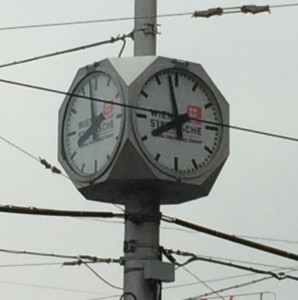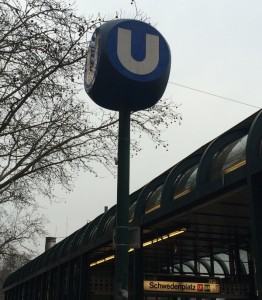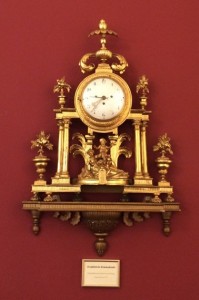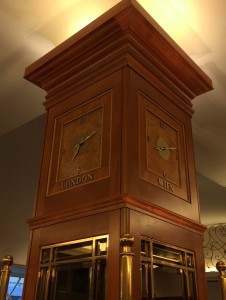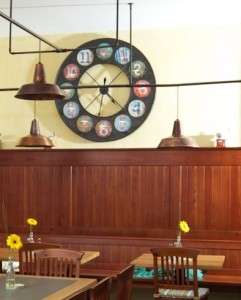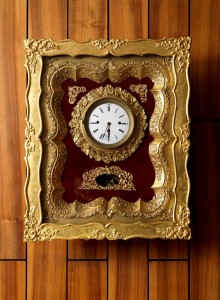Be on time

The history of Viennese cubic clocks – part 2
With the electric cubic clock (Part 1), the problem of the Viennese appeared to be solved. However, the problem of time naturally crossed borders. While Central European Time was introduced in Germany in 1893, Austria remained on Prague time – the difference: only a few minutes. In 1910, Austria adjusted to Central European Time, Viennese clocks were turned back by 5 minutes and 19 seconds and Vienna finally entered modern times.
The Viennese were still able to amuse themselves for a time with the noon church bells that rang at different times and the improperly set clocks, which, unembarrassed, continued to display the wrong time despite Central European Time. This became an incentive to put up many more electrically driven cubic clocks.
True or false?
In order to know which clocks now displayed the correct time and which did not, a sign marking noon was introduced, transmitted by the university observatory to public places such as the Central Fire Department or the municipal district offices. These clocks were how people knew that they were on time.
Moreover, “Urania time” was introduced in 1911. The observatory at the Donaukanal was connected to the central clock facility. From here, the time was announced in three ways:
- one clock on the façade
- an announcement of the time by telephone – in the beginning only for subscribers
- the noon shot, fired from a small cannon on the roof
Cubic clocks: works of art
In 1948, the clocks destroyed during the war were brought back into service and gradually centrally controlled by the Vienna Fire Department’s network. At the end of the 20th-century, there were 78 cubic clocks in
Vienna, which became an emblem of the city and gained international notice. The clocks’ shape was incidentally also used as a model for the blue underground cube for marking the underground station entrances.
At the beginning of the 21st century, the cost of maintaining the cubic clocks became a discussion topic. Many people considered these expenses unnecessary, and nowadays it is only possible to secure the continued existence of this emblem – now treated as works of art – thanks to sponsoring by an insurance company.
You won’t find cubic clocks in the Schick Hotels… but we’ve got time under control:
How do things look for you? Do you have a special timepiece?
http://www.wien.gv.at/kultur/archiv/geschichte/zeugnisse/wuerfeluhr.html
http://de.wikipedia.org/wiki/Wiener_W%C3%BCrfeluhr
Quelle: Peter Payer, Zeit-Zeugen, Zur Geschichte der Wiener-Würfeluhr, in: Normalzeit


